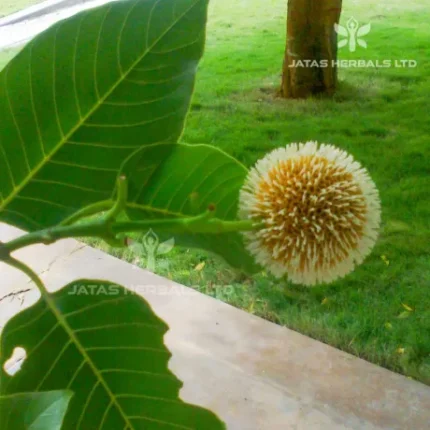Caraka only mentioned it as Suukari (C.S.Ci. 9/53) among Brihat Trayi. Vagbhata quoted the term “Sabara kanda” (A.H.Ut. 18/58). Though Bopadeva considered it as Varaha kanda, others believe it as Palandu. Sushruta used the synonym Varaha kanda (S.S.Su.46/309). Apart from the above contexts, Sushruta & Vagbhata have described it as Varahi. The term Grshtika is also used by Sushruta alone (S.S.Ci. 9/9).
Yadavji on the basis of the popular name Sukara kanda believes Tacca aspera Roxb, to be its source. A Dioscorea species with its Tuberous root being elongated and attenuated at the upper end is supposed by some to be the common Varahikanda. Sushruta includes Varahi among Soma like magic drugs and described it as one having a tuber for regeneration and looking like a black snake. Kaiyadeva described that the tuber which has similar to the testes of pig and possessing leaves similar to that of Tambula (betle leaves) is Varahi OR Grishti. Vrnda mentioned Carmakarauka as the substitute for it.
Botancial Description – Dioscorea bulbifera, the “air potato”, is found in both Africa and Asia. It is a large vine with tuberous root bearing yellow or purple coloured flowers., 6 meters (20 ft) or more in length. Its bulbils which grow at the base of its leaves are the more important food product. They are about the size of potatoes , weighing from 0.5 to 2 kg (1 to 5 lbs).
Major Chemical Constituents– Three furanoid norditerpenes- diosbulbins A,B,C,D,E,F,G,H; diosbulbinosides.
Part Used– Tuber.
Dosage– Powder 3-6 g.
Research–
Acetone extract of rhizomes administered i.p. (10-45 mg/kg) 30 min. before food presentation inhibited food intake during 90 and 300 min. in rats (Jindal et al; I.J.M.R., 1969, 59, p. 1075).





Reviews
There are no reviews yet.